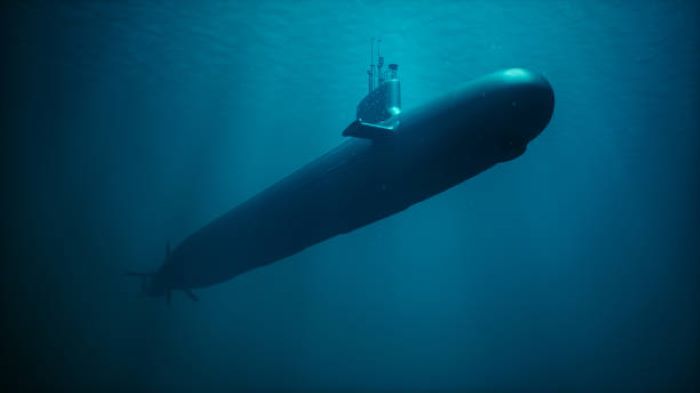For more than a century, a submarine's power lay in a single word: invisibility. Being able to move and attack undetected was its greatest strategic advantage. The deeper it could dive, the safer it was. But that's changing, and fast.
Today, the technological revolution is drastically reducing submarines' ability to remain hidden under the sea. What was once a silent refuge is beginning to be filled with digital eyes and ears.
Until a few years ago, in addition to hydrophones and ship-mounted sonars, the primary tool for detecting submarines was sonobuoys: small devices launched from aircraft that float in the sea and listen for underwater sounds. They transmit their information in real time, but when their battery runs out, they are simply lost. It's an expensive and limited method.
That's changing too. New underwater drones—much cheaper and reusable—can be deployed in large numbers to patrol large areas of the ocean. Equipped with microphones, sonar, and smart sensors, they detect even small changes in the acoustic environment. And when their mission is complete, they can be recharged and used again.

The sea, once a space of silence and mystery, is now beginning to fill with interconnected technology. The key to the new anti-submarine warfare is not just listening, but sharing information. Today, there is a data war under the sea.
Ships, aircraft, drones, and underwater platforms can now exchange data in real time, building a common picture of the ocean environment. If a sensor—no matter how small—detects an acoustic or thermal anomaly, the entire network knows it instantly.
This means that detection no longer depends on a single radar or sonar, but on a swarm of devices coordinated by artificial intelligence. In the digital age, stealth no longer depends solely on silence, but on escaping data correlations. And that is increasingly difficult.
Even space has joined this new submarine hunt. Some modern satellites are capable of detecting slight temperature variations on the sea surface caused by a submarine passing at a certain depth.
Other systems use ultra-sensitive magnetometers to record minute alterations in the Earth's magnetic field, caused by the enormous metal hull of a submarine as it moves.
These are tiny signals, but enough to arouse suspicion. Combined with other data and the help of AI, they can drastically reduce underwater anonymity.
Another major revolution comes with unmanned vehicles, known as USVs (Unmanned Surface Vehicles). These autonomous vessels, equipped with advanced sensors and satellite communication systems, patrol large maritime areas without endangering human lives.
They can remain at sea for weeks, detecting noises, movements, or magnetic signals, and cooperate with aerial or underwater drones. It's a living network of maritime surveillance, increasingly precise and affordable.
Submarines will continue to be powerful weapons—especially nuclear ones—but their golden age of absolute invisibility seems to be coming to an end. Too many eyes, ears, and satellites monitor the ocean every second.
Anti-submarine warfare is entering a new technological era, driven by artificial intelligence, low-cost sensors, and autonomous vehicles.
The sea, once a symbol of mystery, is beginning to speak. And more and more ears are listening.
And if this trend proves anything, it's that no field is immune to the technological revolution.